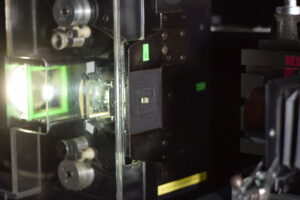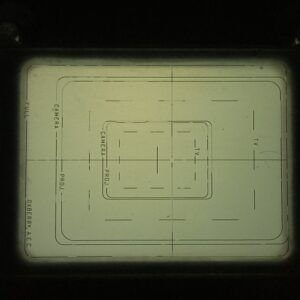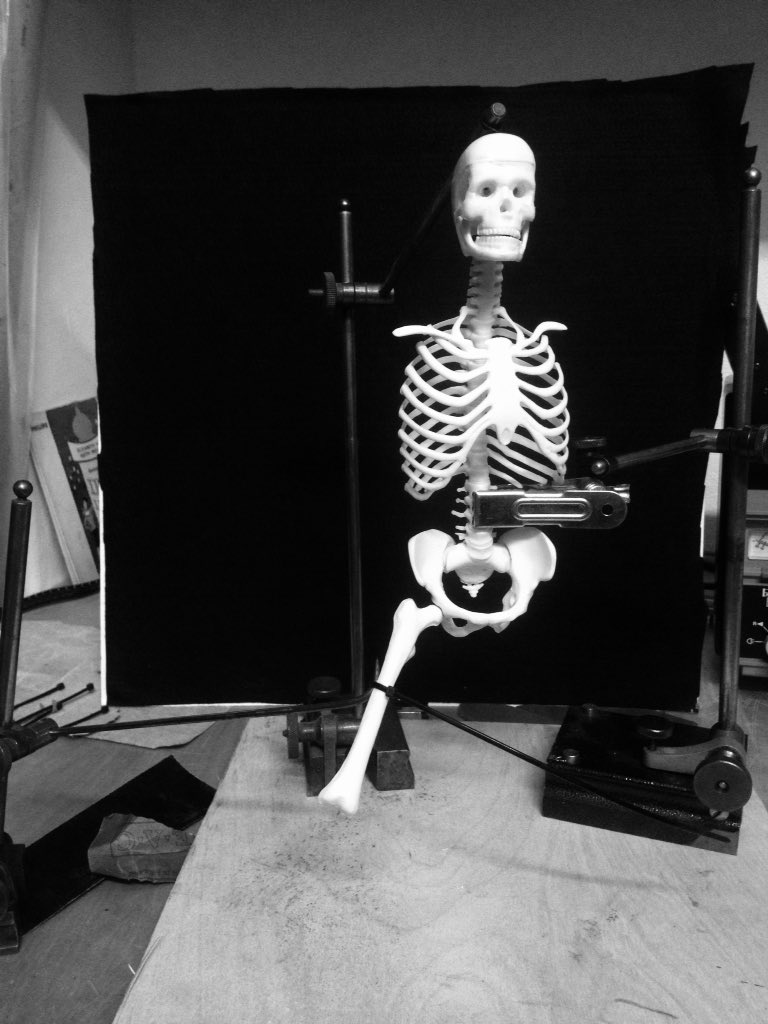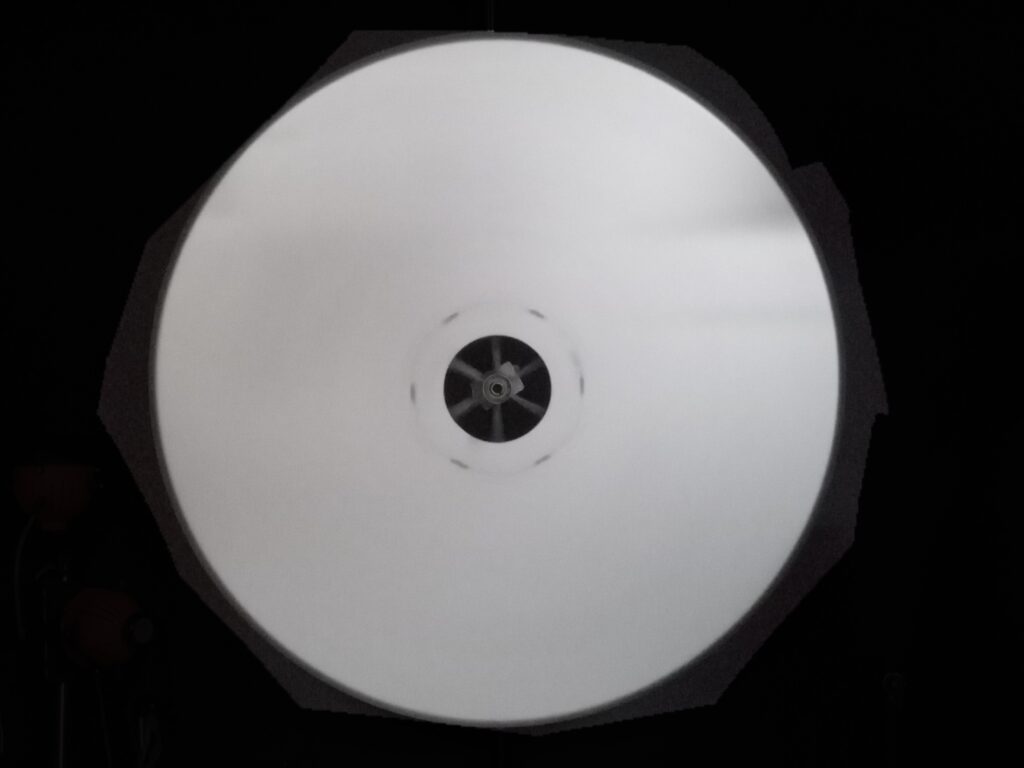What does a 3 bladed shutter do differently from a 2? Nothing apart from project each frame 3 times, producing an image flicker frequency of 72hz. A 2 bladed shutter produces 48hz. If we chop off one of the blades in a 2 bladed shutter (not the pulldown mask obviously, unless we want this effect) we will get 24hz, …
Continue Reading...
Im trying to devise a way of describing flicker that is mathematically accurate. Frame rates as we understand them for example 24fps or 18fps are only one aspect of the whole picture delivery system. Firstly, often a frame is delivered twice, or three times so this produces a different phonomemalogical figure, say 48fps. But this figure only counts the …
Continue Reading...
It may seem a trivial or superfluous thing but here is a tin design (V1) for film cans that I am making for the Archive of films I am collecting / making / ? The lower label allows both an extant record to have its accession date registered OR if it is a work that has been produced then its …
Continue Reading...
Here are those numbers again in their roles as light and dark. Both 108 and 72 have interesting cultural meanings which you can look up for yourself, my only advice being to tread carefully but open yourself to all kinds of wonder. So, the magic number building block for the experiment to reinstate a virtual blade into digital versions of …
Continue Reading...
Here is some 35mm film can designs to help inform ideas about designing a new one for Nachleben.
Continue Reading...
Getting set up to shoot titles, graphics and other things to 16. Some films will employ content in the VA sound track area but for ones that don’t I must remember to mask off this area with black foil clipped to the glass. Heres a 16mm frame projected to align the soundtrack, centre point and margins for the printed material. …
Continue Reading...
In the video tests in an earlier post you can see high speed video of a projected 35mm image using a single aperture blade on a Kinoton. After analysing the video its possible to say with some certainty that the RATIO of light to dark is 3:2 respectively. So there are 3 units (or steps, …
Continue Reading...
I’m considering which database to use. I quite like Card Box 3.1 for windows, because it seems ancient and thus low impact, and possibly even reliable. https://www.cardbox.com/ heres a framegrab from sample database …
Continue Reading...











